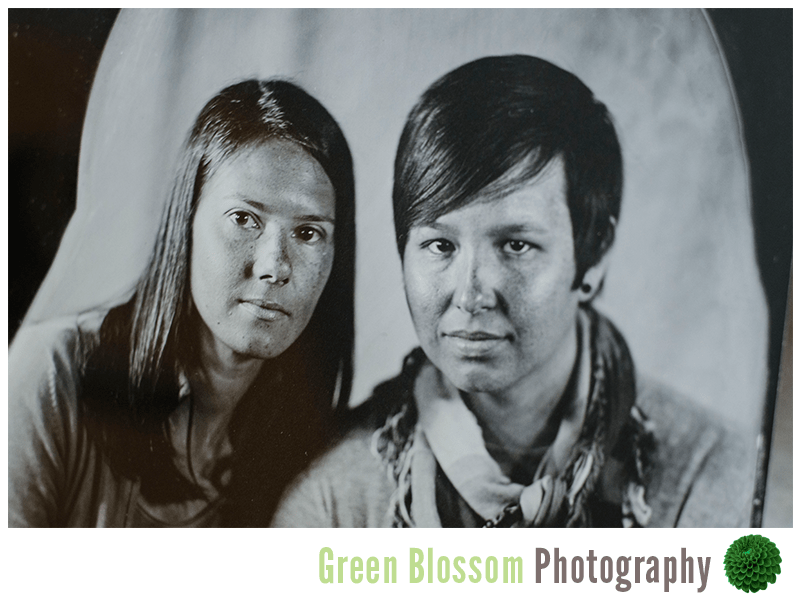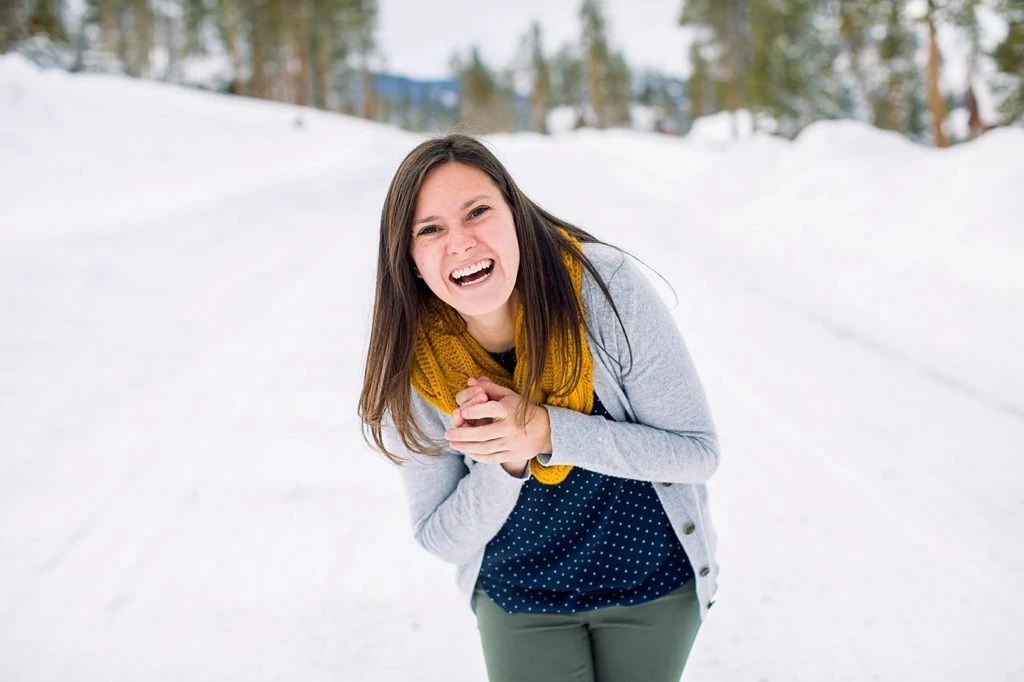Tin Photography at the Denver Art Museum
Every few months, the Denver Art Museum hosts an artists in residence that stays onsite and works in a public access studio, sharing his or her craft with visitors and guests. When I heard that March’s Artist is Residence was photographer Will Wilson, I marked my calendar and made sure Heather and I made time to go check out his work.
I didn’t know much about what he would be doing, just that he worked with Tin as his main medium. When we got the art museum on the day of our visit, we were surprised and excited to learn that Will was letting the public sit as models for his project! We were lucky enough to nab a spot for that day and after two hours we finally got to sit in front of his camera.
Here is a brief description of Will’s project while at the art museum:
As an indigenous artist working in the 21st Century, employing media that range from historical photographic processes to the randomizaton and projection of complex visual systems, within virtual environments, I am impatient with the way that American culture remains enamored of one particular moment in a photographic exchange between Euro-American and aborigianl American societies: the decades from 1907 to 1930 when photographer Edward S. Curtis produced his magisterial opus The North American Indian. I intend to resume the documentary mission of Curtis from the standpoint of a 21st century indigenous, trans-customary, cultural practitioner. I want to supplant Curtis’ Settler gaze and the remarkable body of ethnographic material he complied with a contemporary vision of Native North America.
I propose to create a body of photographic inquiry that will stimulate a critical dialogue and reflection around the historical and contemporary “photographic exchange” as it pertains to Native Americans. My aim is to convene with and invite indigenous artists, arts professionals, and tribal governance to engage in the performative ritual that is the studio portrait. This experience will be intensified and refined by the use of large format (8×10) wet plate collodion studio photography. This beautifully alchemic photographic process dramatically contributed to our collective understanding of Native American people and, in doing so, our American identity.
Will encouraged visitors to bring items that were significant to them, but since we didn’t even know we’d be able to sit, we didn’t have anything on hand. He did however, really like how we naturally linked arms and leaned in together. I made sure that my wedding ring was visible in the hopes of creating a narrative from within our portrait that was true to us and representative of our times.
After developing the plate (which was a negative and a print all in one), Will was super generous and gifted the finished product to us. It is definitely a prized piece of art work and will be on display on my new office shelves once I get them installed.
While I’ve never used any camera larger than a 35mm, it was awesome to watch him work the old-school camera (which required removing the lens cap to expose because there is no shutter), observe his use of hot lights and flash burst, and to have to sit super still for a several seconds during exposure to make sure the focus point on our eyes stayed sharp.







